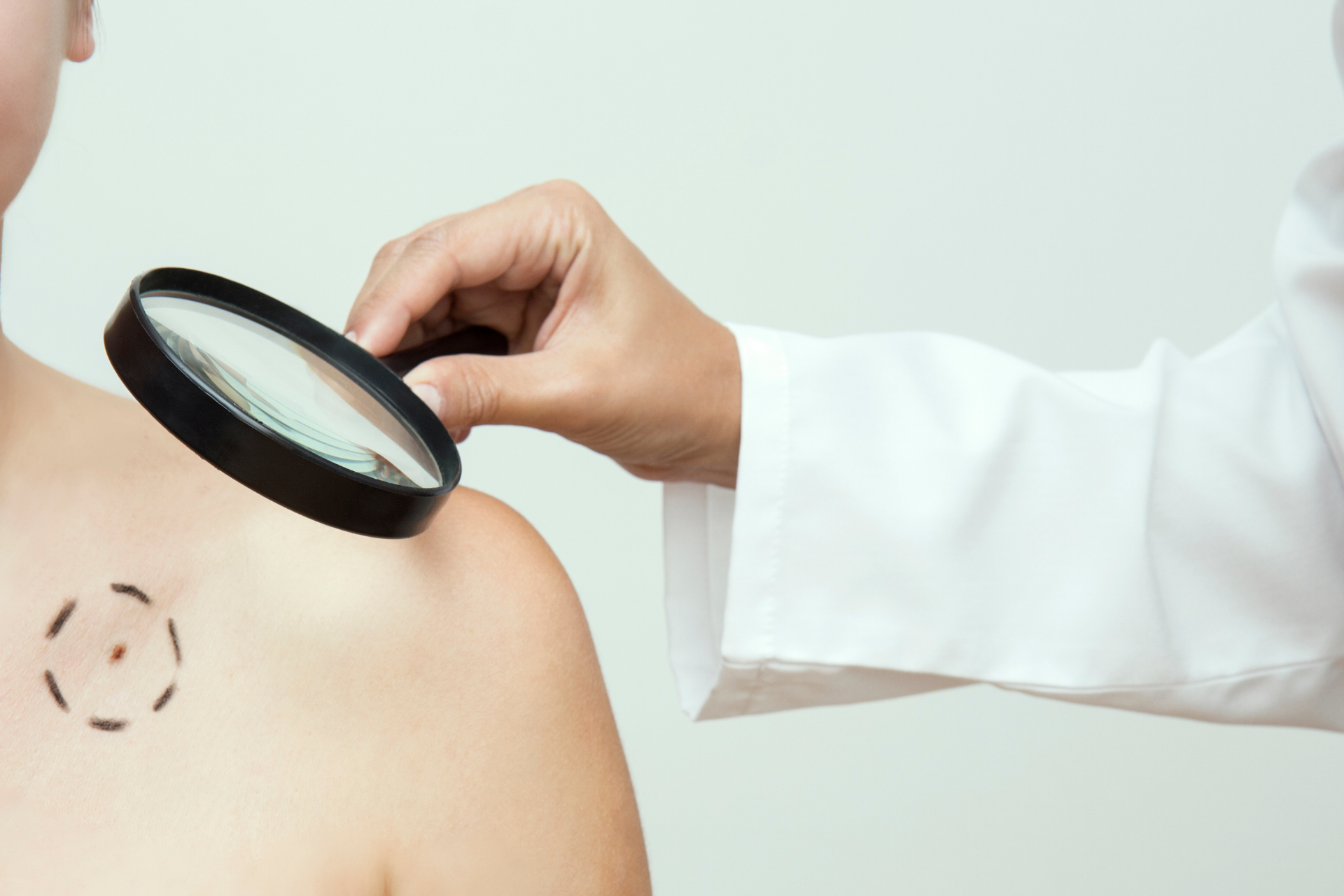Skin Cancer Detection: Importance of Regular Checkups and Early Diagnosis

Introduction
Skin cancer is the most common form of cancer in the United States, with millions of new cases diagnosed each year. But here's the good news: when detected early, skin cancer is highly treatable. Regular checkups and early diagnosis play a crucial role in ensuring effective treatment and improving outcomes for patients. At Fall Creek Skin and Health Clinic, we understand the importance of preventive care and early detection when it comes to skin cancer.
Understanding Skin Cancer
Before delving into the importance of regular checkups and early diagnosis, it is essential to understand what skin cancer is. Skin cancer occurs when skin cells grow abnormally, usually due to exposure to ultraviolet (UV) radiation from the sun or tanning beds. There are three main types of skin cancer: basal cell carcinoma, squamous cell carcinoma, and melanoma. While basal cell carcinoma and squamous cell carcinoma are more common and less likely to spread, melanoma is more aggressive and can be life-threatening if not treated promptly.
Importance of Regular Checkups
Regular checkups are key to maintaining optimal skin health and catching any potential issues early on. At Fall Creek Skin and Health Clinic, we recommend annual skin checks for all patients, especially those with a history of sun exposure, a family history of skin cancer, or fair skin. During a skin check, our dermatologists will examine your skin for any suspicious moles, lesions, or changes that could indicate skin cancer. Early detection through regular checkups can significantly increase the chances of successful treatment and reduce the risk of complications.
Early Diagnosis Saves Lives
When it comes to skin cancer, early diagnosis can quite literally save lives. Melanoma, in particular, can spread quickly to other parts of the body if not caught early. By identifying melanoma in its early stages, the chances of successful treatment and survival are greatly improved. This is why it is essential to be proactive about your skin health and not ignore any changes or abnormalities you notice on your skin. If you have any concerns or notice any new or changing moles, it is crucial to schedule a skin check promptly.
The Role of Dermatologists
Dermatologists play a critical role in skin cancer detection through their expertise in examining and diagnosing skin conditions. At Fall Creek Skin and Health Clinic, our board-certified dermatologists have the training and experience to identify early signs of skin cancer and provide personalized treatment plans for each patient. From performing biopsies to recommending appropriate treatments, our dermatologists are dedicated to ensuring the best possible outcomes for our patients.
Conclusion
In conclusion, regular checkups and early diagnosis are essential components of effective skin cancer detection. By being proactive about your skin health, scheduling annual skin checks, and seeking medical attention for any concerning changes, you can significantly reduce your risk of developing advanced skin cancer. Fall Creek Skin and Health Clinic is committed to providing high-quality care for patients of all ages and addressing both skin-related and general health concerns. Remember, early detection saves lives - prioritize your skin health today for a healthier tomorrow.



Need Our Services?
Book a free consultation

Our promise is to offer high-quality medical attention at a fair price in a clean, friendly, and professional environment.
QUICK LINKS
BUSINESS HOURS
- Mon - Thu
- -
- Friday
- -
- Saturday
- Appointment Only
- Sunday
- Closed
All Rights Reserved | Fall Creek Skin and Health Clinic |
